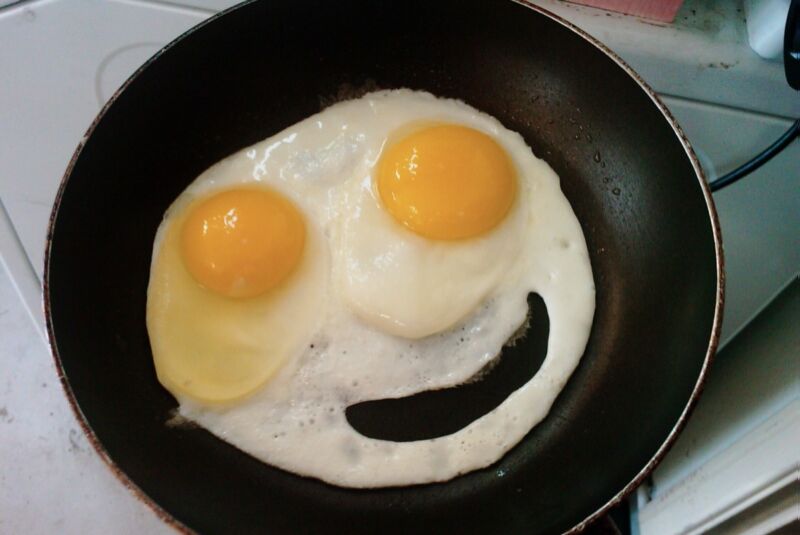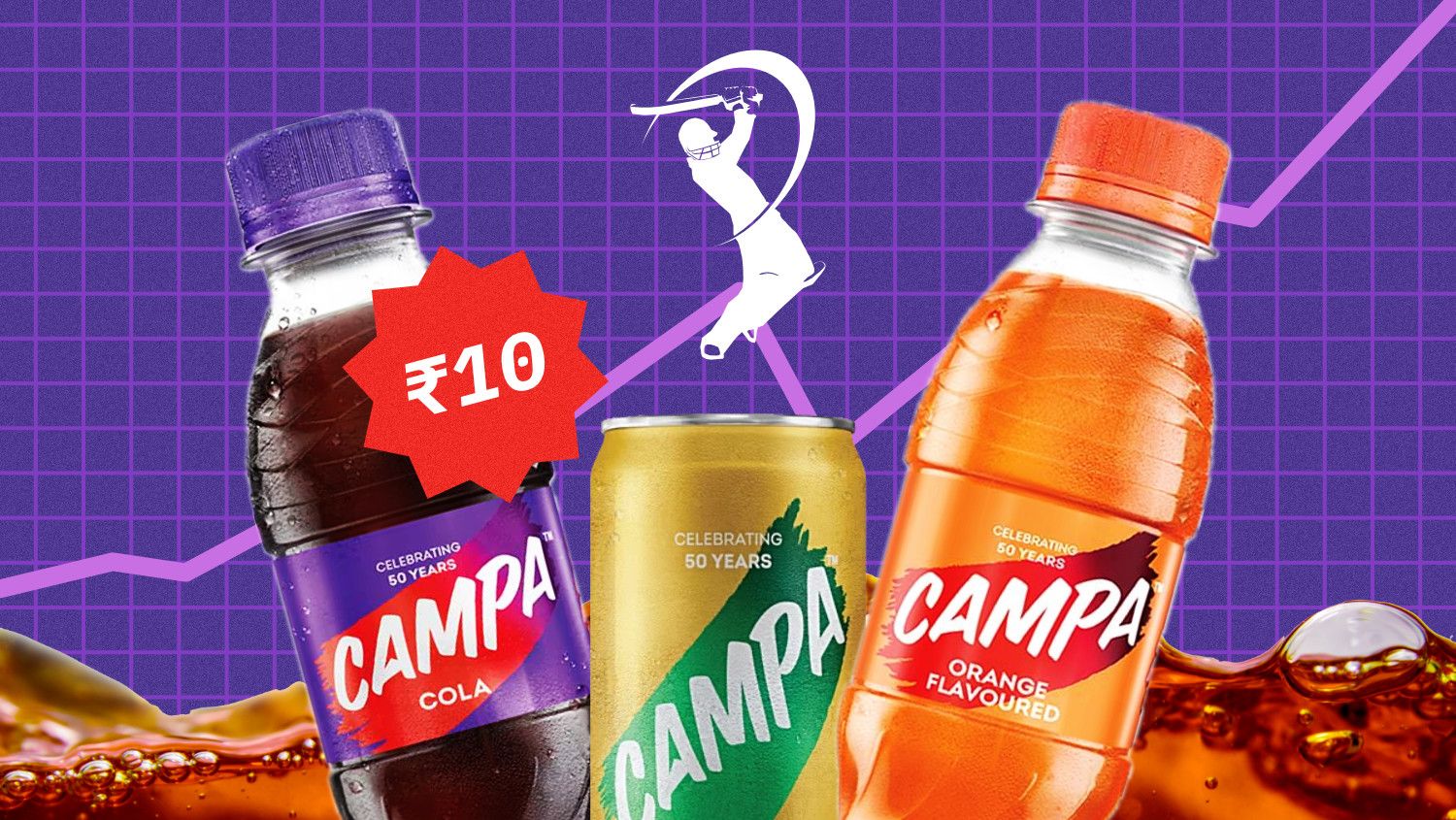New examine cracks the scenario of why foodstuff sticks to heart of nonstick pans

Home cooks all over the planet have relied on nonstick cookware for many years for quick and easy cleanup right after planning meals. But at times food will get stuck to the centre of nonstick pans anyway. A new paper released in the journal Physics of Fluids features a probable explanation—food sticks for the reason that of the very same underlying mechanism that provides increase to the coffee ring outcome and so-termed “wine tears.”
The very first nonstick frying pans were produced achievable by the invention of Teflon in 1938 by a chemist named Roy Plunkett, who was investigating achievable new chlorofluorocarbon refrigerants as aspect of a joint venture with DuPont. In April of that yr, Plunkett later on recalled, his assistant chosen one particular of the cylinders they had been utilizing to store tetrafluoroethylene gasoline (TFE) at dry-ice temperatures until eventually the canisters have been prepared to be chlorinated for their experiments. When the assistant opened the valve, the gasoline did not move less than its possess pressure from the container, as envisioned.
Puzzled, the scientists opened the container only to locate the gas was absent. In its stead, they located a white powder. The TFE experienced polymerized into a waxy solid termed polytetrafluoroethylene (PTFE), which proved to have some attention-grabbing homes: it was chemically inert and heat-resistant, and it had really reduced area friction. Perhaps it was not useful as a refrigerant, but it proved to be a great nonstick coating.
Teflon was first applied as a seal for the atomic bomb all through Term War II, but Dupont registered the Teflon trademark in 1944 and commenced internet marketing it as a nonstick coating for industrial bread and baking pans. Sooner or later, it located its way into every day consumer cookware, and the relaxation is background. Now, several other nonstick coatings are also readily available in buyer solutions, and though culinary purists could possibly desire forged-iron skillets or pans with out nonstick coatings for sauces and gravies, you can find no issue most cooks recognize the time saved in cleansing up.
-
Remaining: dry spot on nonstick Granitec pan appropriate: dry place on Teflon-coated pan.
Alex Fedorchenko -
Photograph of the dry place at its maximum measurement.
Alex Fedorchenko
But occasionally foods nevertheless will get stuck to the heart of a frying pan, even with a nonstick coating. Scientists at the Czech Academy of Sciences had been curious about why this may be the scenario, and they resolved to experiment. They videotaped sunflower oil in a nonstick pan coated with ceramic particles being heated, and they mentioned the speed at which a suspicious dry location formed in the oil and grew. They done related experiments with Teflon-coated pans.
According to co-author Alexander Fedorchenko, a physicist at the Czech Academy of Sciences, food stuff obtaining trapped to the middle of the pan “is prompted by the development of a dry place in the slender sunflower oil film as a result of thermocapillary convection.” It can be a variant of the so-called Marangoni effect—after Italian physicist Carlo Marangoni—which is accountable for each wine tears and the infamous “espresso ring impact,” which has also created substantially desire amid physicists.
As we’ve reported previously, British physicist James Thomson (elder brother to Lord Kelvin) to start with observed wine tears in 1855. The outcome is most notable in wines (or other spirits like rum) with alcohol content material at the very least as large as 13.5 p.c. That is for the reason that liquor has a decrease area rigidity than h2o. If you distribute a slim film of water on your kitchen area counter and put a single fall of liquor in the center, you can see the water flow outward, away from the liquor. The change in their alcohol concentrations creates a area-pressure gradient, driving the stream.
In the circumstance of food items sticking to the centre of nonstick frying pans, we’re chatting about a temperature gradient that develops in the oil film when a pan is heated from below—the aforementioned thermocapillary convection. As the temperature rises, there is a corresponding decrease in surface area tension, manufacturing a surface area stress gradient. The oil then flows outward, receiving thinner and thinner till it ruptures, leaving a dry place in the middle of the pan.
So what is actually a frustrated cook dinner to do to preserve foods from sticking to the middle of their frying pan? It is really mostly commonsense guidance. “To prevent undesired dry spots, the adhering to set of steps really should be utilized: rising the oil film thickness, reasonable heating, entirely wetting the area of the pan with oil, employing a pan with a thick bottom, or stirring food on a regular basis in the course of cooking,” Fedorchenko explained.
In terms of relevance, the researchers’ findings are not limited to household cookware. “Development of dry spots and rivulets in skinny films of liquid is ubiquitous in nature and engineering,” the authors wrote. “All people could observe how at first a ongoing movie of water on a windowpane quickly ruptures, leaving islands of dry spots.” Slender liquid movies are also employed in fluid distillation columns, industrial scrubbers, and other gadgets with digital components. “Dry location formation or film rupture performs a destructive function, ensuing in sharp overheating of the digital elements,” said Fedorchenko. “The success of this review may perhaps, hence, have wider software.”
DOI: Physics of FluidS, 2021. .1063/5.0035547 (About DOIs).







